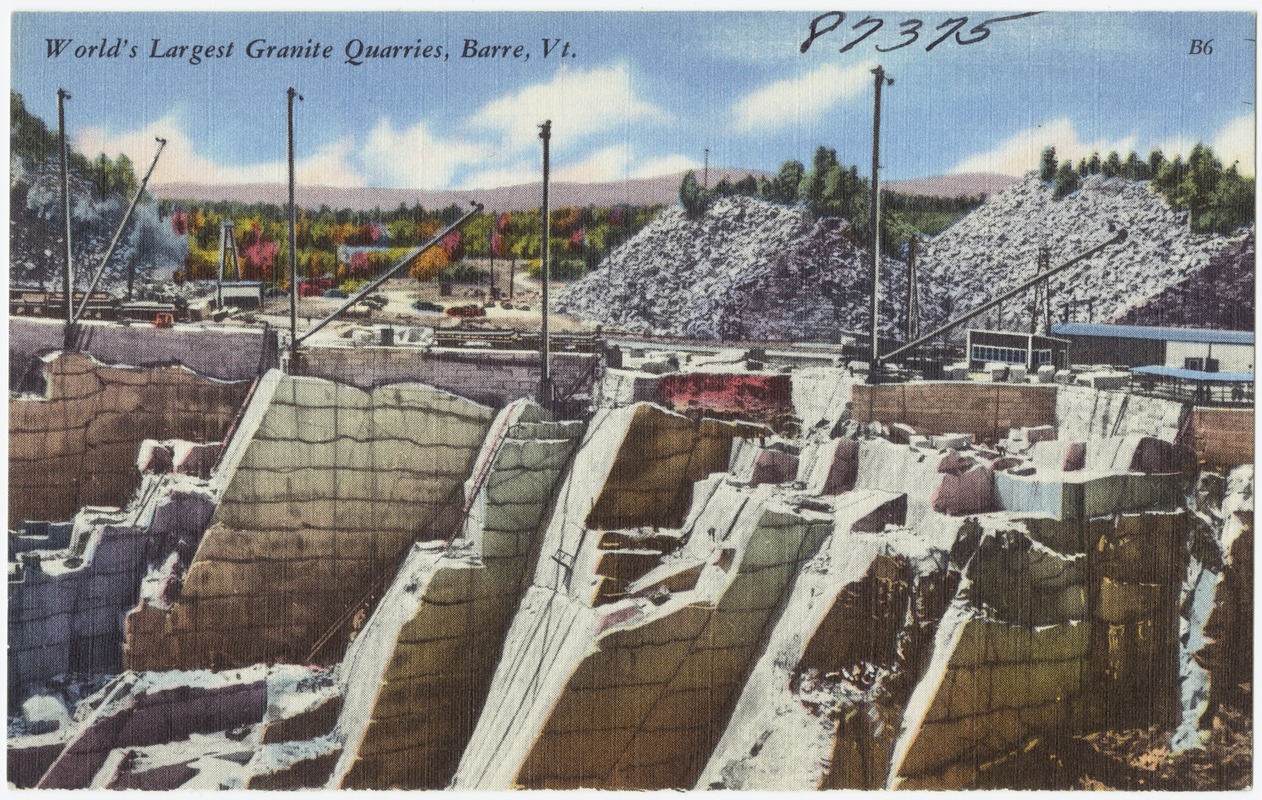Discovering the Rich History and Lasting Practices of Granite Quarrying
As we stand on the precipice of revealing the detailed tapestry of granite quarrying, a trip with time exposes not just the physical act of extracting rock however also the social and historic relevance woven into the extremely textile of this practice. From the old origins that laid the structure for modern quarrying methods to the sustainable methods that are shaping the future of this sector, each carve mark on granite surfaces informs a tale waiting to be uncovered (granite quarries in south africa). The legacy of granite quarrying stretches far past simple removal; it is a testimony to human ingenuity, durability, and the long-lasting allure of this stunning rock
Old Origins of Granite Quarrying
Going back to old people, the method of quarrying granite has been an integral part of human background and building development. The earliest proof of granite quarrying go back to old Egypt, where huge pyramids and detailed sculptures were crafted from this long lasting rock. The Egyptians made use of primitive devices to draw out granite blocks from quarries, showcasing the value of this material in their monumental buildings.
Progressing in history, the Greeks additionally made considerable contributions to the quarrying of granite. The Greeks made use of granite in different building marvels, such as temples and statuaries, showing their ability in shaping and carving this hardy stone. The Romans further refined the techniques of quarrying granite, utilizing sophisticated devices like knives and hammers to remove and shape granite for their legendary structures.
Through the centuries, the method of quarrying granite has evolved, with contemporary technologies boosting efficiency while preserving the timeless charm of this all-natural stone - granite quarries in south africa. From old civilizations to modern contractors, the tradition of granite quarrying remains to form our globe
Development of Quarrying Strategies
The development of quarrying strategies has been marked by a constant development towards better effectiveness and accuracy in drawing out granite. From the rudimentary methods used by our ancestors to the advanced innovations utilized in modern quarrying operations, the market has undergone considerable developments. Early quarrying strategies included hand-operated labor with basic devices such as chisels, hammers, and wedges to extract granite blocks from the earth. As people progressed, methods like fire-setting and primitive explosives were introduced to facilitate the extraction procedure.
In more recent times, the development of machinery reinvented the quarrying industry, allowing much faster removal rates and raised productivity. Technologies such as ruby wire saws, high-pressure water jets, and pneumatically-driven drills have come to be common in modern-day quarries, permitting specific cutting and lowered waste. In addition, developments in computer-controlled devices and 3D modeling have actually enhanced quarrying procedures, causing very little ecological effect and improved sustainability methods. As the demand for granite remains to increase, the development of quarrying methods stays important to conference sector requires successfully and sustainably.
Cultural Value of Granite
Granite holds a profound cultural importance across various civilizations due to its enduring presence in building work of arts and respected monuments. The social value of granite extends beyond its physical qualities; it personifies durability, stability, and timelessness, making it an icon of enduring traditions and customs.

Lasting Practices in Quarrying
Among the rich history of granite quarrying and its social importance exists an expanding focus on lasting methods within the industry. As environmental awareness and concerns regarding source exhaustion have actually enhanced internationally, the quarrying market has increasingly welcomed sustainable approaches to reduce its effect on the setting and bordering areas.

Additionally, reclamation and rehab of quarry sites post-extraction are integral to lasting practices. By recovering quarried areas to a natural or advantageous state, such as developing wildlife habitats or entertainment rooms, quarriers can offset the ecological impact of their operations and add positively to the regional ecosystem.
Heritage of Granite Quarrying
With a historical backdrop steeped in craftsmanship and commercial progression, what withstanding impact has granite quarrying left on the landscape of modern society? The legacy of granite quarrying goes beyond plain extraction methods; it has shaped architectural wonders, urban landscapes, and social heritage worldwide. The durable nature of granite has actually made it a recommended choice for monoliths, buildings, and infrastructure, standing as a testament to the ability and artistry of quarry workers throughout generations.
Furthermore, the financial footprint of granite quarrying can not be forgotten. The sector remains to provide work opportunities and drive regional economies in areas where granite extraction prevails. It has likewise stimulated technological advancements in quarrying strategies and equipment, leading to a lot more efficient and sustainable techniques.
In regards to sustainability, the heritage of granite quarrying includes efforts to alleviate environmental impacts via improvement jobs and accountable resource administration. By stabilizing financial rate of interests with ecological stewardship, the market aims to make sure that future generations can proceed to take advantage of this enduring all-natural resource.
Verdict
